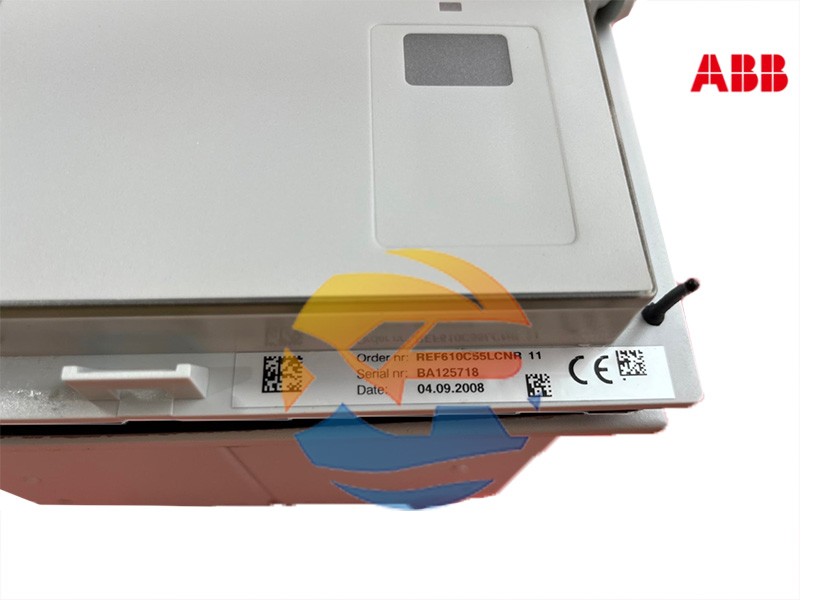Implementing a protection relay like the ABB REF610C11LCLR successfully requires careful planning beyond the initial selection. This guide provides a practical, step-by-step approach for engineers and technicians, covering the key considerations for selection, configuration, and the crucial step of sourcing authentic components.
Before specifying this model, confirm it meets your application's needs.
The REF610 provides comprehensive feeder protection (overcurrent, earth fault, thermal). If your project requires more advanced functions like voltage protection, frequency protection, or arc flash detection, you may need to consider a different relay in the ABB portfolio.
Warning: Relay configuration should only be performed by qualified protection engineers.
The REF610C11LCLR is configured using ABB's PCM600 software. You will need the appropriate IED Package (device description file) for the REF610 series loaded in PCM600.
This is the most critical engineering task. Settings must be calculated to ensure selectivity, sensitivity, and speed. Key calculations include:
These calculations are based on a detailed study of your electrical network's short-circuit levels and coordination requirements.
Assign an IP address to the relay if using Ethernet communication. Map the data points (measured values, alarm signals) that need to be sent to the SCADA system via IEC 61850 or Modbus.
To avoid counterfeit products and ensure reliability, follow these guidelines.
Always purchase the REF610C11LCLR from an authorized ABB distributor. This is the only way to guarantee you receive a genuine, new product that meets all specifications and is covered by ABB's warranty. Counterfeit relays pose a severe safety risk and may not operate correctly during a fault.
The complete part number is ABB REF610C11LCLR. Double-check this exact code with your supplier. Even a single character's difference can indicate a different power supply or functionality, leading to incompatibility.
Consult ABB's official product documentation to check the lifecycle status (Active, Classic, Limited). This helps in planning for long-term support and future spares.
Successfully deploying the ABB REF610C11LCLR involves a methodical process from selection and configuration to sourcing and testing. By prioritizing accurate technical specification and insisting on genuine components from authorized channels, you ensure the relay will perform its critical protective role reliably for years to come.